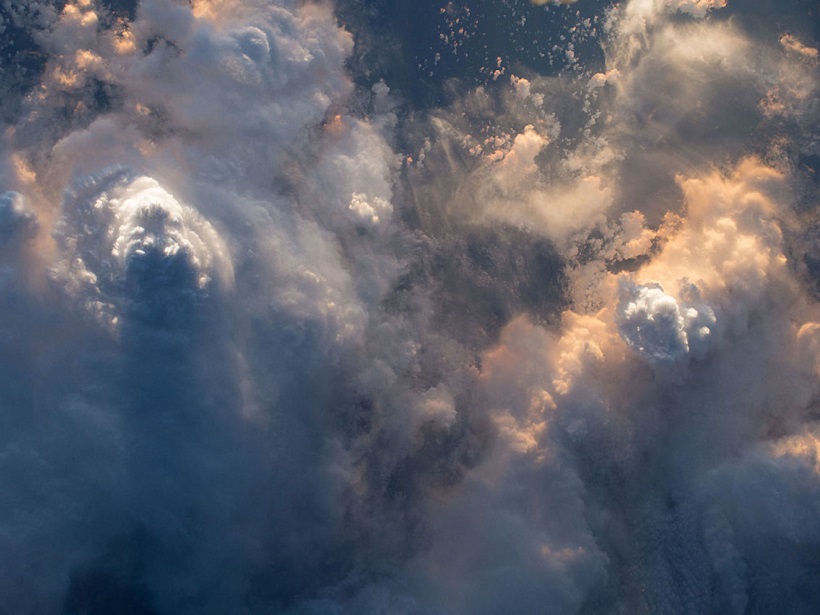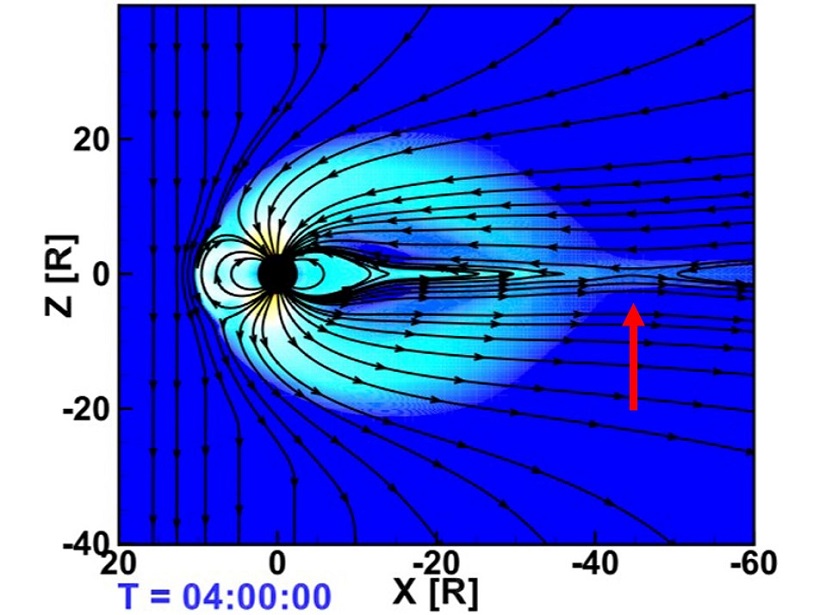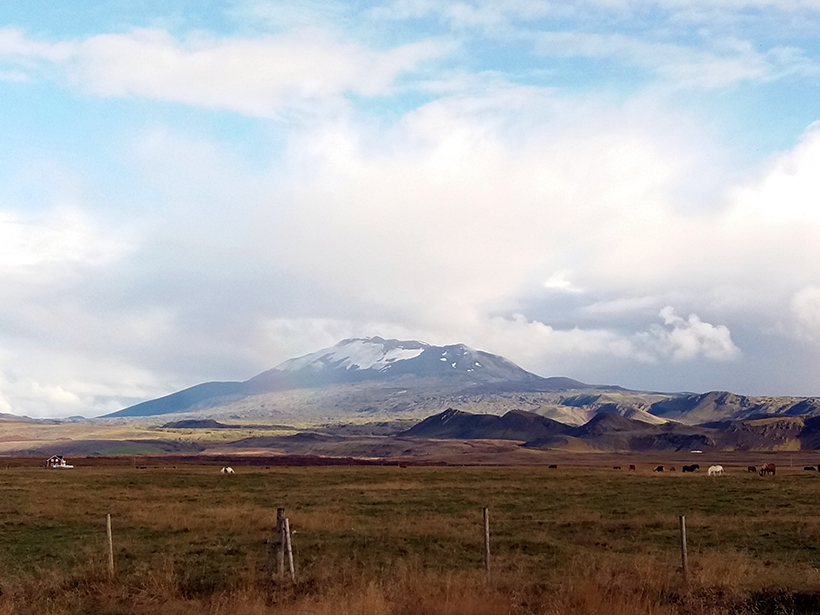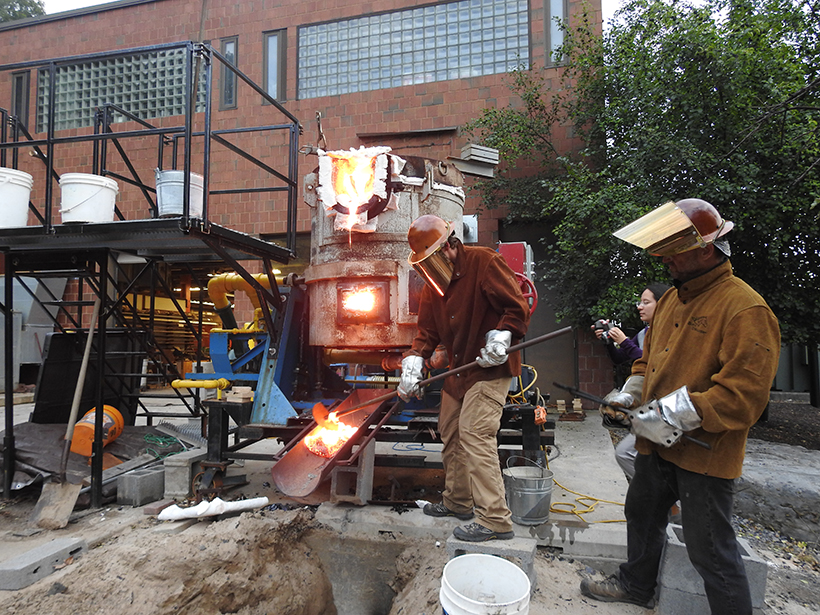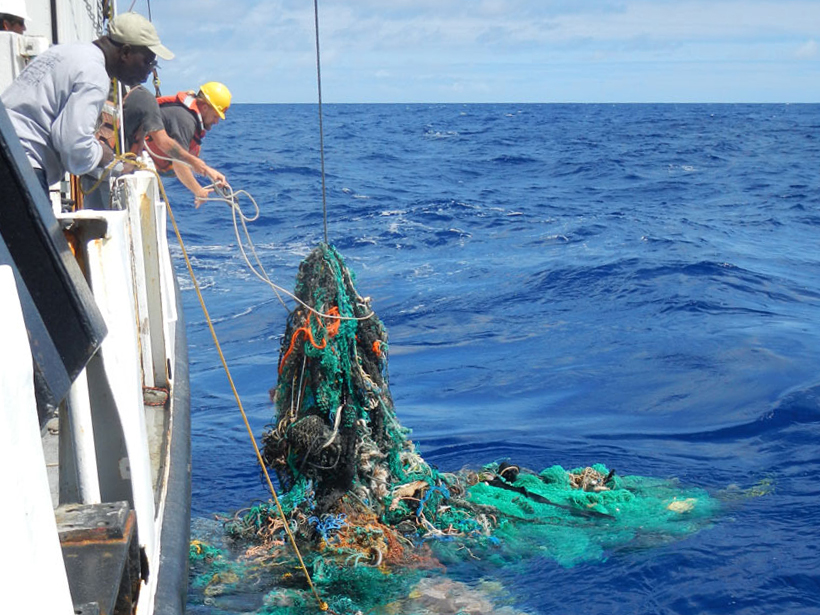Researchers zero in on the large-scale meteorological processes driving extreme precipitation events in the hot, arid desert region.
CC BY-NC-ND 2018
Diversity of El Niño Variability Makes Prediction Challenging
The atmospheric response to El Niño, both in the Pacific region and around the world, changes with each event and is uncertain in future under the influence greenhouse gas forcing.
Evidence That Earth’s Forehead Controls the Wagging of its Tail
Yes, Earth has a tail, a magnetotail, and there is debate about how much Earth’s upper atmosphere plays a role in the controlling the dynamics of this region of space.
Nordic Workshop Takes on Major Puzzles of Paleomagnetism
8th Nordic Paleomagnetism Workshop; Leirubakki, Iceland, 30 September to 7 October 2017
Homemade “Spatter Bombs” Can Reveal Volcanic Secrets
Researchers use trial and error to develop a technique to create volcanic lava bombs.
Pacific’s Garbage Hot Spot Holds More Plastic Debris Than Was Thought
A nonprofit that helped to collect data for the research plans to use the study’s findings to help guide it in an upcoming campaign to remove buoyant plastic trash from ocean gyres.
Major Uncertainty in Estimates of Carbon Trapped in Soil
A new study reveals discrepancies between global databases and field measurements.
A Deeper Understanding of Carbon Decomposition in Arctic Soils
Physical parameters may help scientists extrapolate Arctic carbon soil losses from the local to the regional scale, according to the results of a yearlong incubation experiment.
What Happens Inside Rocks as They Fail?
An innovative technique provides micro-scale resolution on the three-dimensional evolution of damage within crystalline rocks that leads to fault nucleation.
Stanley “Stan” Ruttenberg (1926–2017)
This talented geophysicist, with his love of music, played key roles in the International Geophysical Year (1957–1958) and many other research programs, as well as in organizing a major music festival.


